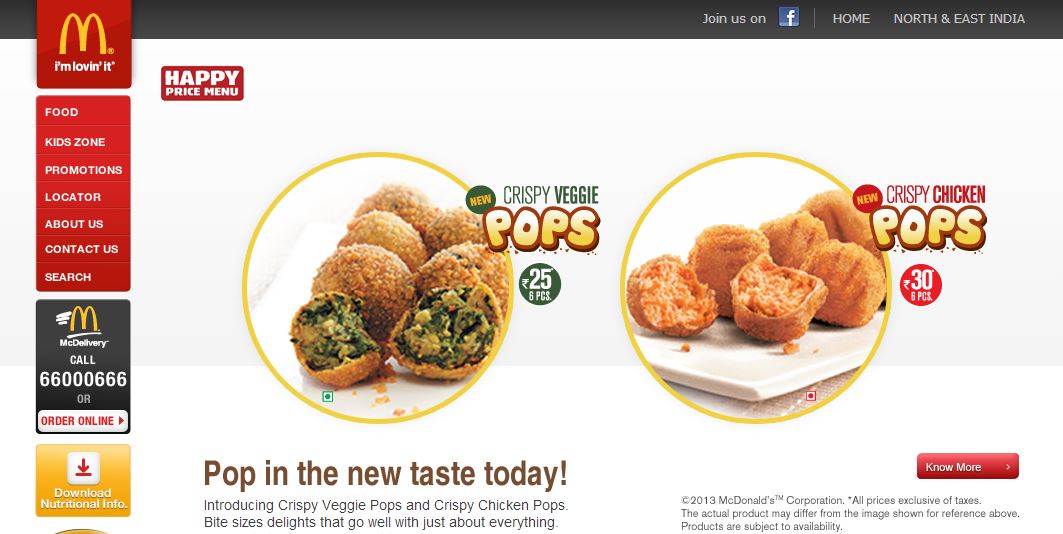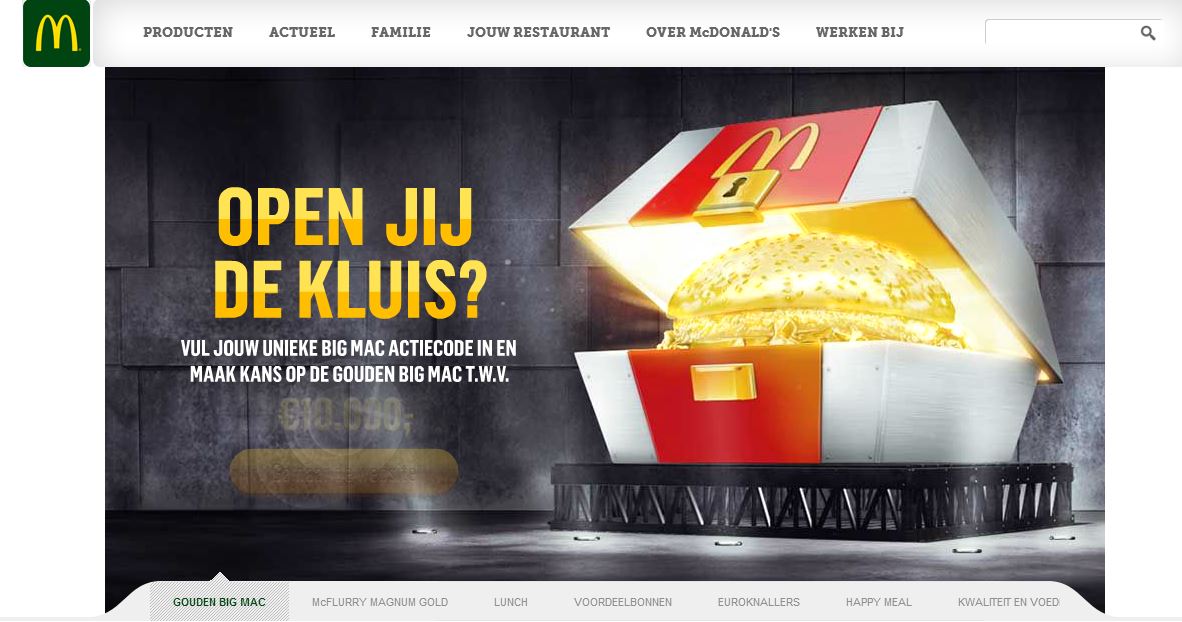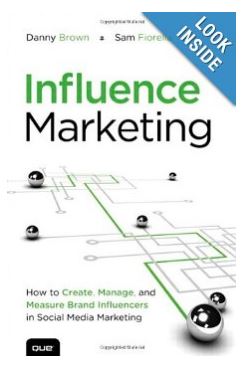Your Employees’ Lack of Manners is Costing You Money
Customer service is not just about how you “appear” on line. Good customer service is not just talked about. It is lived. It is how your employees represent your brand day-in, day-out, online and in person. Can you say confidently that your employees understand that having good manners directly impacts customer service? What is the cost of poor manners in today’s retail environment? Let’s take a look!
Think about the last couple of times you entered a retail environment. Think about how you were greeted, or not. Think about whether or not the staff made eye contact, or not. Did they say hello, excuse me, or even continue talking amongst themselves, ignoring you. How did you feel? Better yet, how likely are you to return to such an environment. The answer to the last question depends on how you answered the previous ones. Well, everyday your customers are asking the same thing about your establishment and depending on the answer, your staff’s lack of manners could be costing you money.
I don’t like rudeness. Never have. To me rudeness is an excellent indicator of the type work one can expect from such a person. If someone is that self-absorbed to not think about others, it is a bad sign. Some may argue this, but it is how I feel. Regardless research shows that rude employees are costing your company money. Customers leave companies where rude behaviour is the norm. Don’t believe me? Check out the HBR blog post: The High Cost of Rudeness at Work.
To make my point, let’s look at two very recent experiences that I had at local stores.
Winners also known as @Winners online:
Winners has been a place that I love to browse. I confess that I go there at least once a week. And, many times I don’t leave empty handed.
I was not however, particularly impressed with my visit Friday of last week. I can get past the fact that not one employee made eye contact with me while I was shopping. No big deal.
What I find unacceptable is really bad manners. I was standing in an aisle looking at some items on a shelf. I was about 2 feet away from the shelf. There was ample space behind me. I was just about to pick up an item to look at it further when a staff member walked down the aisle toward me. The polite thing to do would have been to walk behind me. Or, at the very least, if there was not enough room, walk in front of me by first saying two simple words. Those words: “excuse me.” This did not happen. She did not walk behind me. She walked right in front of me and did not even make a sound. I had to move backwards to avoid being bumped by the store clerk. Yes, had I not moved she would have ploughed right through me. This annoyed and angered me. I couldn’t help saying “certainly” loud enough so that she would hear me. She did look in my direction, but I doubt that she understood her rudeness and the message she was sending about her values and by extension, the values of the store.
The question that stays with me however is simple. What would have happened if an elderly person would have been standing in my place. What if that person could not have moved as quickly and steadily as I did? Would she have pushed through anyway sending that person falling to the floor? I hope not. I really hope not.
My opinion only worsened when I arrived at the counter to pay for my item. There were three staff members there, including miss non-manners. They were talking about a customer and not in a positive light. They were very vocally complaining about a lady in great detail. So much detail that I am fairly certain I know who they were referring to. Completely inappropriate. So she bought a bunch of stuff and returned it. So what! That is her right. I can only imagine what was said after I left the store.
Had I not had a gift card that I needed to redeem, I would have left the store. I did make a purchase. I should note however, and this is where I hope Winners is listening to social media conversations, I won’t be going back any time soon. I hope that this employee is just one person who is so self-absorbed that she doesn’t see how her actions reflect not only on her, but also on the store that she is representing. Furthermore, I hope that Winners has the gumption on a go forward basis to train its employees to vent in private. Sure, we all have to vent, but don’t vent about customers where customers can hear. I can’t imagine that these are the values of the Winners store overall. Surely Winners doesn’t want to be known for rudeness and customer put downs, right? I don’t think that this is what Winners means when they say that “Everybody Loves To Get A Surprise.”
Thankfully not all stores are like this. I want to give credit to those that do great customer service too! These are the stores that I will go back to over and over and over again. I know that I am not alone in this.
Wicker Emporium or “@Wickeremporium online:
Wicker Emporium on the other hand is always a great experience. I cannot ever think of an experience in the 25+ years of shopping there that I have ever witnessed rudeness. Just the opposite actually.
The staff always make eye contact and say hello when you enter a store. Often times they are busy waiting on other customers and “focusing” on those customers. I like that they focus on the customer they are dealing with. It shows that they are paying attention to the customer and in that moment you, the customer, matter. As soon as they have a chance, they do greet you.
In other cases where they are busy restocking and reorganizing the store they always come to see if you have questions and/or need help. These ladies, and I say ladies as I have only ever seen women working there, could teach some other retail stores how to “BE” great customer service people.
To all the ladies at Wicker Emporium, and I hope your head office is listening, you rock! You are great ambassadors for the Wicker Emporium brand and you should be recognized for this.
Do you have a customer service success or failure story to share?









